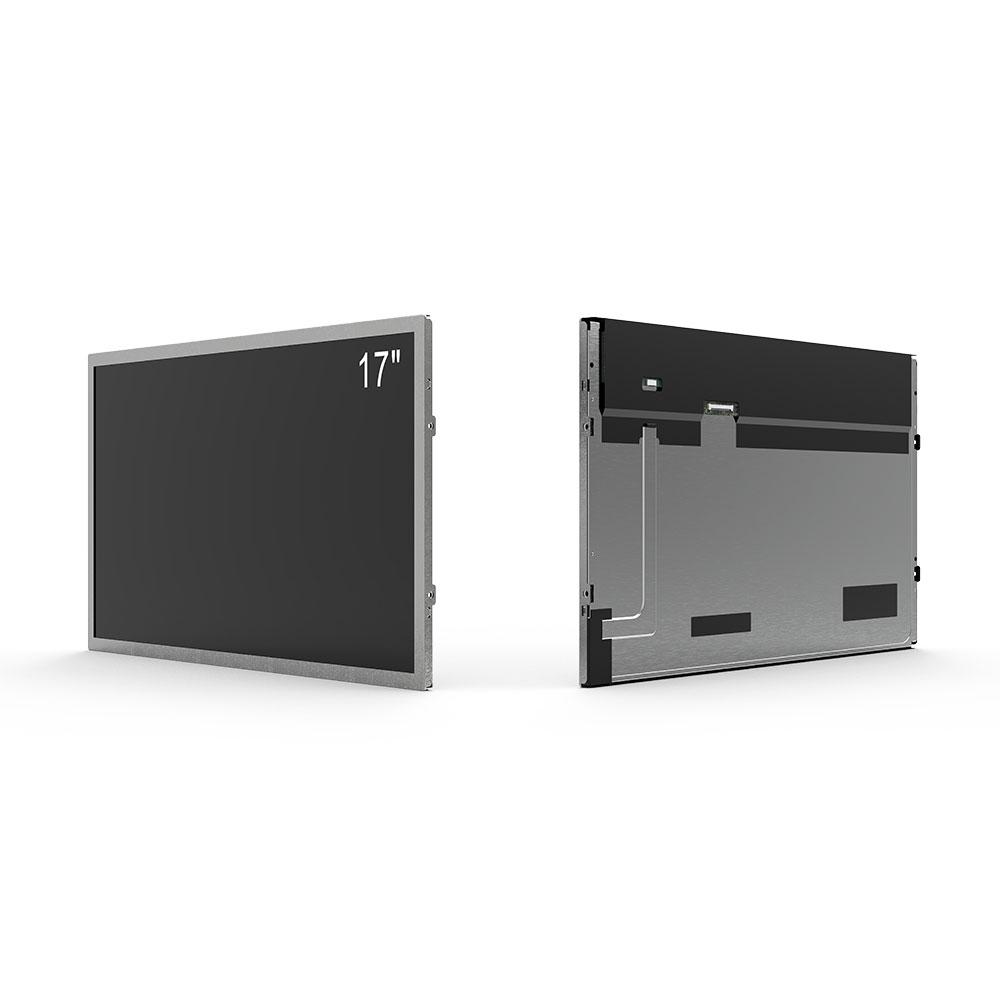
Privacy statement: Your privacy is very important to Us. Our company promises not to disclose your personal information to any external company without your explicit permission.
When selecting an outdoor LCD screen for commercial, industrial, or public use, several critical factors must be evaluated to ensure long-term performance, energy efficiency, and visual clarity under diverse environmental conditions. Unlike indoor displays, outdoor screens are exposed to direct sunlight, temperature extremes, moisture, and mechanical stress—making durability and brightness paramount.
First, brightness is a non-negotiable specification. Industry standards such as IEC 62301 recommend a minimum of 5,000 nits for full sunlight visibility, though many high-end applications—like digital signage in urban environments or transportation hubs—require up to 10,000 nits. This ensures content remains legible even under harsh solar irradiance. For example, a case study by LG Display demonstrated that a 7,000-nit LED-backlit LCD installed at Tokyo Station maintained readability during peak sun hours, while a standard 2,000-nit display became unusable after just 30 minutes of direct exposure.

Second, environmental protection must meet IP65 or higher ratings. This means the unit must be dust-tight and protected against water jets—essential for preventing corrosion, short circuits, or image degradation due to humidity. In tropical climates like Singapore, where salt-laden air accelerates component wear, using IP68-rated enclosures has proven to extend lifespan by over 40%, according to a 2023 report from the International Electrotechnical Commission (IEC).
Third, thermal management is crucial. Outdoor LCDs must operate between -20°C and +60°C without performance loss. Active cooling systems, such as heat pipes or fans with dust filters, help maintain internal temperatures. A study published in the IEEE Transactions on Components, Packaging and Manufacturing Technology showed that screens with intelligent thermal regulation had 68% fewer failures over 18 months compared to passive-cooled units.
Finally, power efficiency and maintenance accessibility matter. Modern outdoor LCDs often integrate smart sensors for automatic brightness adjustment based on ambient light, reducing energy consumption by up to 30%. Additionally, modular designs simplify repairs—critical for minimizing downtime in remote locations.
In conclusion, choosing the right outdoor LCD screen requires a balance of brightness, weather resistance, thermal resilience, and energy optimization. By adhering to industry benchmarks such as IEC and IEEE standards, businesses can ensure their investment delivers both performance and longevity in demanding real-world conditions.
Email to this supplier

Privacy statement: Your privacy is very important to Us. Our company promises not to disclose your personal information to any external company without your explicit permission.